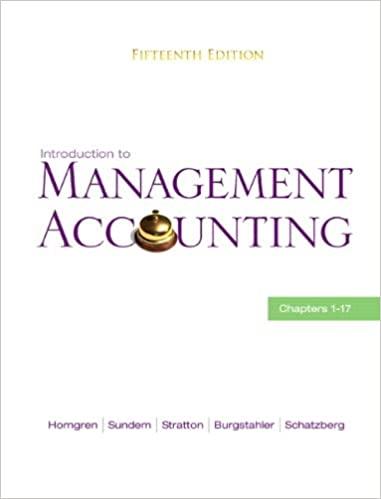Question
The ethical principles section of the AICPA Code of Professional Conduct consists of six ideal standards of ethical behavior required of CPAs by the AICPA.
The ethical principles section of the AICPA Code of Professional Conduct consists of six ideal standards of ethical behavior required of CPAs by the AICPA. These principles include:
Responsibilities
The Public Interest
Integrity
Objectivity and Independence
Due Care
Scope and Nature of Services
APlease chose three principles from the AICPA Code of Professional Conduct and explain why you believe it is important for a certified public accountant to adhere to these principles.
BPlease analyze the excerpt from the Satyam case which has been provided to you below (see page 2). Assuming that PW India is required to adhere to the AICPAs Code of Professional Conduct, please conclude whether PW Indias actions violated or did not violate the three principles of professional conduct you discussed in question (A) above. Defend your conclusion with examples from the case.
As the six principles cited above are the foundation of enforceable rules that certified public accountants must follow, please specifically cite three specific rules of the code that were violated and defend your position.
Cash Confirmation Issues - Satyam
Satyam engaged in fraudulent financial accounting by falsifying the companys revenue, income, earnings per share, cash, and interest bearing deposits from 2000 to 2008. In 2009, Satyam acknowledged that it falsely reported over $1 billion in revenue and cash, among other items, in its publicly filed financial statements.
Former officers and senior managers at Satyam directed the creation of over 6,000 false invoices that they ensured were entered into the companys general ledger and falsely recorded as, among other things, revenue, income, and accounts receivable in Satyams publicly field financial statements. Former senior management at Satyam manufactured scores of false bank statements, confirmations, and supporting documents to reflect payment of the false invoices and created over $1 billion in fictitious cash balances and other interest bearing deposits. This false information made Satyam appear to be substantially more profitable and financially sound than was actually the case.
Contrary to audit reports from 2005-2008, PW India did not conduct Satyams audits in accordance with PCAOB Standards, which is now understood to include GAAS. Specifically, the PW India partners and staff on the Satyam engagement failed to maintain control of the confirmation process with respect to cash and cash equivalent balances as well as Satyams accounts receivables. The failure to properly execute third-party confirmation procedures resulted in the fraud at Satyam going undetected until the former chairmans public confession.
PW India also failed to conduct appropriate inquiry after receiving confirmations directly from banks that were potentially conflicting with those received from Satyam management. The bank-provided confirmations responses reflected significantly lesser cash balances than what was reflected in the purported bank confirmations that Satyam provided to the engagement team. The engagement team could have, but did not, contact the banks directly to determine the amounts that Satyam had on deposit with the banks. After the fraud was revealed, members of the Satyam engagement team indicated that they had ceded control of the confirmation process to the client and relied on Satyams representations, in large part, because they believed that Satyams former chairman and senior management were honest and that they did not suspect that Satyam was fabricating audit documents.
Step by Step Solution
There are 3 Steps involved in it
Step: 1

Get Instant Access to Expert-Tailored Solutions
See step-by-step solutions with expert insights and AI powered tools for academic success
Step: 2

Step: 3

Ace Your Homework with AI
Get the answers you need in no time with our AI-driven, step-by-step assistance
Get Started


